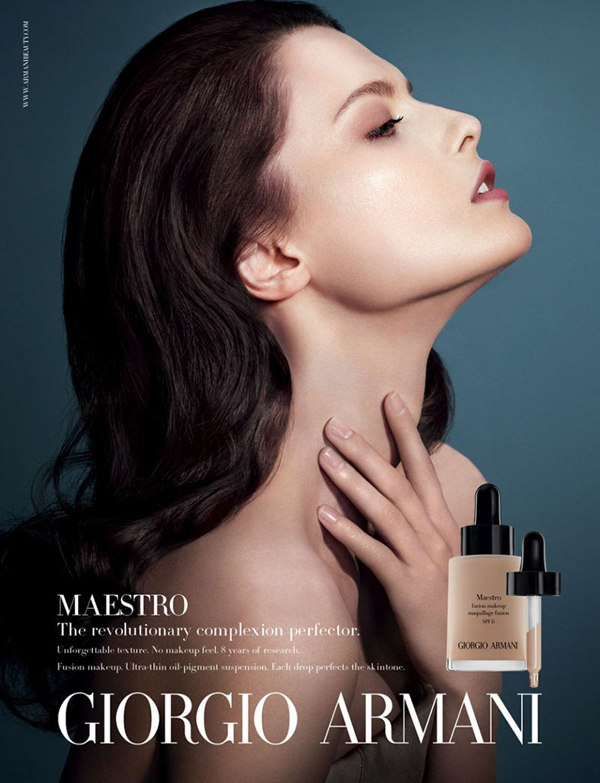
Hello, girls!
We comb, wash and tie it up… Some of the many things we do with our hair. Do you know the hair structure, the primary functions of hair and how long it lives? If you don’t, read on! You’ll discover a few amazing hair facts.
1. How long does a hair live?
Every hair on our head lives from two to eight years. Its life comes in three phases: anagen, catagen and telogen. The first phase lasts a few years and involves forming a hair bulb and hair growth. During another phase – catagen – hair grows more slowly. After more or less 10 days, the phase moves to telogen – the resting time. The old hair falls out and the new one takes its place. The whole process starts all over again. The hair life cycle can be disturbed by external factors e.g. diseases, hormone imbalance, diet, lifestyle and even improper hair care. Result? The poorer condition of hair, thinning, scalp diseases.
2. What do we need hair for?
The primary function of hair is protection and heat control. Hair protects the scalp from overheating, eyebrows – from rain running down the forehead, and eyelashes – from dust that could get into the eyes. Nowadays, hair is treated as an attribute of femininity and the symbol of beauty. Just take a look at magazine covers and the number of drugstore hair products. More and more people go for hair growth and volume boosting treatments.
3. Whose hair grows most quickly?
Generally, hair grows more or less one centimetre per month. The process accelerates in the summer. Why? The heat increases blood flow and boosts growth. It’s similar in the countries with large air humidity e.g. Japan, Taiwan or South Korea. That’s why it’s said that Asians have the quickest growing, longest and thickest hair. Interestingly, the least number of balding people lives in this part of the world.
4. Does hair have roots and stems?
Almost true. Hair structure resembles flower seedlings. It grows out of bulbs placed in follicles situated in the scalp. The cells of bulbs are divided and this is how hair stem is created. Blood vessels deliver nutrients that are necessary for growth. Hair also needs hormones affecting the structure.
5. What does hair ‘tell’ you?
Believe it or not, hair tells us a lot about the things we eat, what’s in our blood flow and if we’ve had alcohol. Hair allows for determining the person’s sex. That’s why it’s such an important evidentary material in criminology. Interestingly, hair reflects the condition of our body and its appearance can tell about various diseases.










Leave a Reply